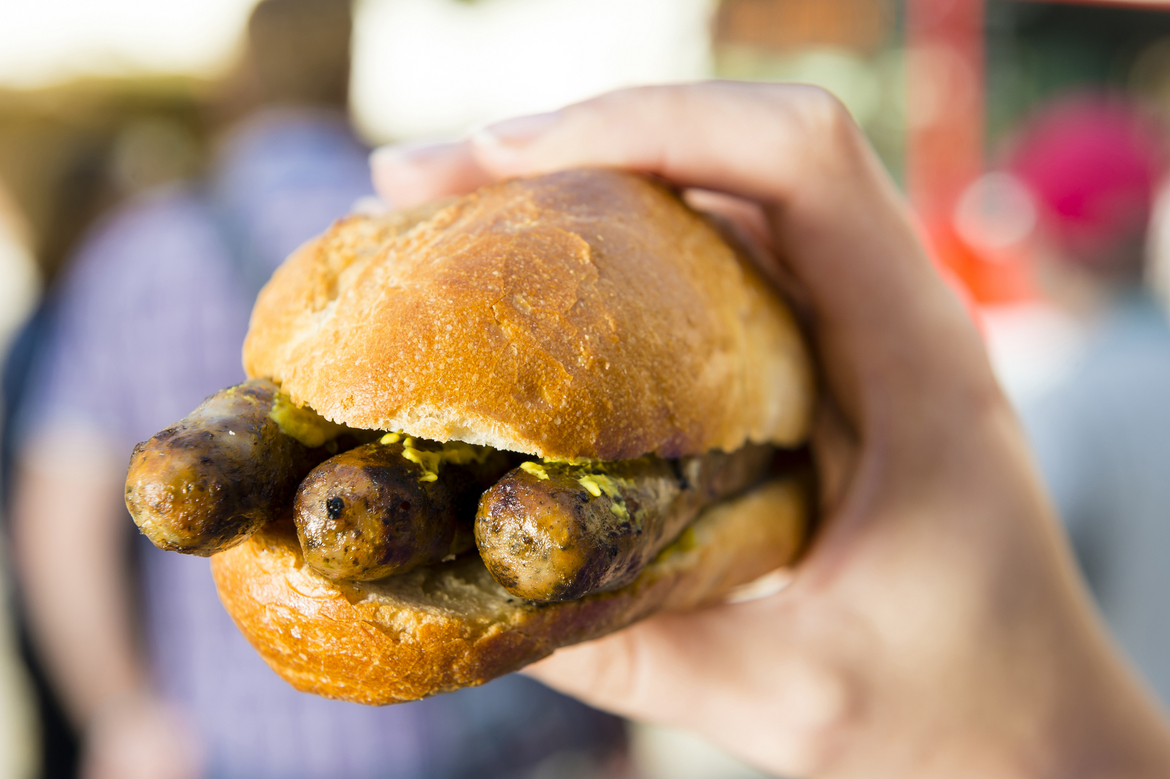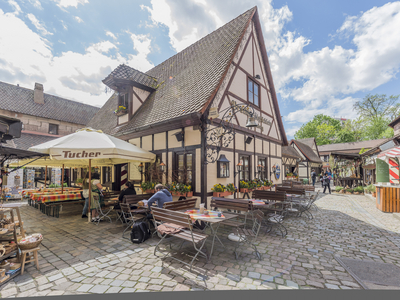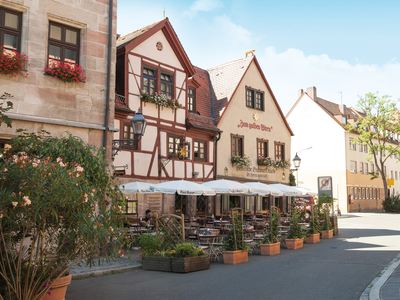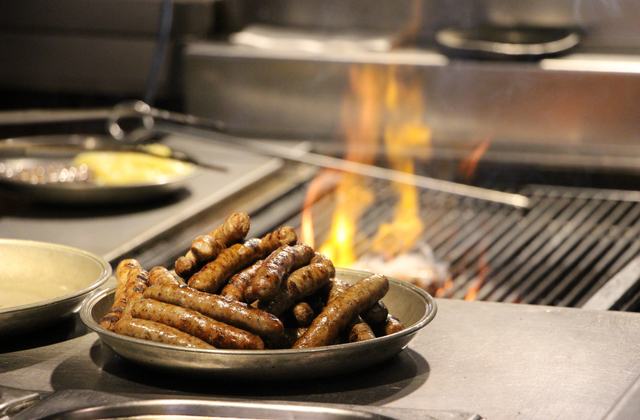World-Famous and Well-Loved: The Nuremberg Bratwurst!
If you're visiting Nuremberg, you must try Nuremberg Bratwurst - then you'll discover why these delicious sausages are known and loved far beyond the borders of Germany!
More than 3 million of the small sausages are produced every day and are exported worldwide.
In 2003, the Nuremberg "Rostbratwurst" was the first sausage to be accepted on the EU PGI registry, which recognizes traditional, locally-produced specialities in the European Union. The protected geographical indication for Nuremberg Bratwurst says that every Nuremberg sausage must be made within the city limits of Nuremberg according to an official traditional recipe. In addition to the official seal of the EU, they also bear their own "Original" seal.
These culinary delights are eaten in groups of six, eight, ten or twelve with mustard or - more traditionally - horseraddish, which is called "Kren" in the local dialect. Typical side dishes are sauerkraut, potato salad or a farmer's rye bread. In additon to the grilled version, you'll also find sausages prepared as "Saure Zipfel". In this recipe, the brats are slowly cooked in a broth flavoured with vinegar, onions, wine and spices. The sausages sometimes take on a light bluish-grey color, which led to the name "Blue tails".

All information on the "Nuremberg Bratwurst"
Nuremberg's Specialties Bratwurst Restaurants
![[Translate to English:] [Translate to English:]](/fileadmin/_processed_/8/a/csm_Nuernberger_Rostbratwurst__c__CTZ_Nuernberg_15b8107b87.jpg)
Bratwurst Röslein
Bratwurst Röslein is the world's largest sausage restaurant and is located next to the famous Nuremberg Christmas Market. It features a…
read more
Bratwurstglöcklein Behringer
Bratwurstglöcklein is a historical name with an age-old tradition, which goes back to the 14th century. Famous citizens of Nuremberg such…
read more
The Historical Bratwurst Kitchen "Zum Gulden Stern"
The specialty of the house, Nuremberg bratwurst, is fresh roasted daily on a traditional beech wood fire. As the oldest tavern existing in…
read more

![[Translate to English:] Nürnberger Spezialität von Kai Behringer: Saure Zipfel [Translate to English:] Nürnberger Spezialität von Kai Behringer: Saure Zipfel](/fileadmin/_processed_/1/b/csm_Saure-Zipfel-2_web_c47a4c8e95.jpg)





![[Translate to English:] Nürnberger Rostbratwürste, Foto: Birgit Fuder [Translate to English:] Nürnberger Rostbratwürste, Foto: Birgit Fuder](/fileadmin/_processed_/1/9/csm_zinnteller_cut_RETsab_4247ede4d0.jpg)
![[Translate to English:] Nürnberger Bratwürste [Translate to English:] Nürnberger Bratwürste](/fileadmin/_processed_/c/6/csm_Zwei_Bratwuerste_2f3b043743.jpg)